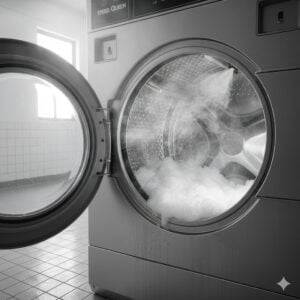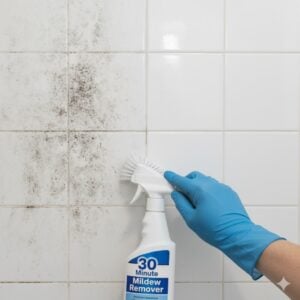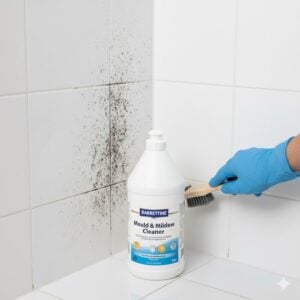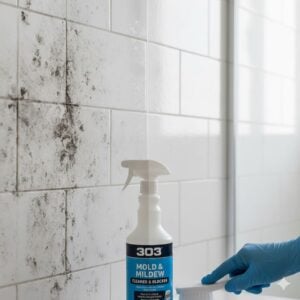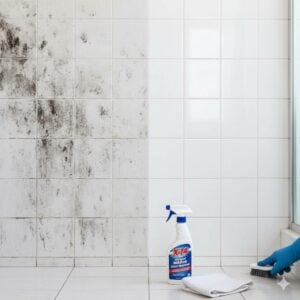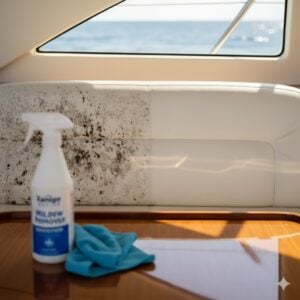Mildew mould might seem like a small nuisance at first—just a little patch of grey on the bathroom wall or a few black dots near your air conditioning unit. But in the UAE’s warm, humid environment, what starts as a minor issue can quickly grow into a serious indoor air quality threat. Understanding the difference between mildew and mould, what causes them, and how to deal with them effectively is essential for keeping your home or business safe and clean.
In this complete guide, we walk you through everything you need to know about mildew and mould in the UAE—from signs and health risks to cleaning solutions and prevention tips.
Table of Contents
Toggle1. Mildew vs. Mould: What’s the Difference?
Although the terms are often used interchangeably, mildew and mould are not exactly the same thing. Both are types of fungi, but they behave differently and require slightly different treatments.
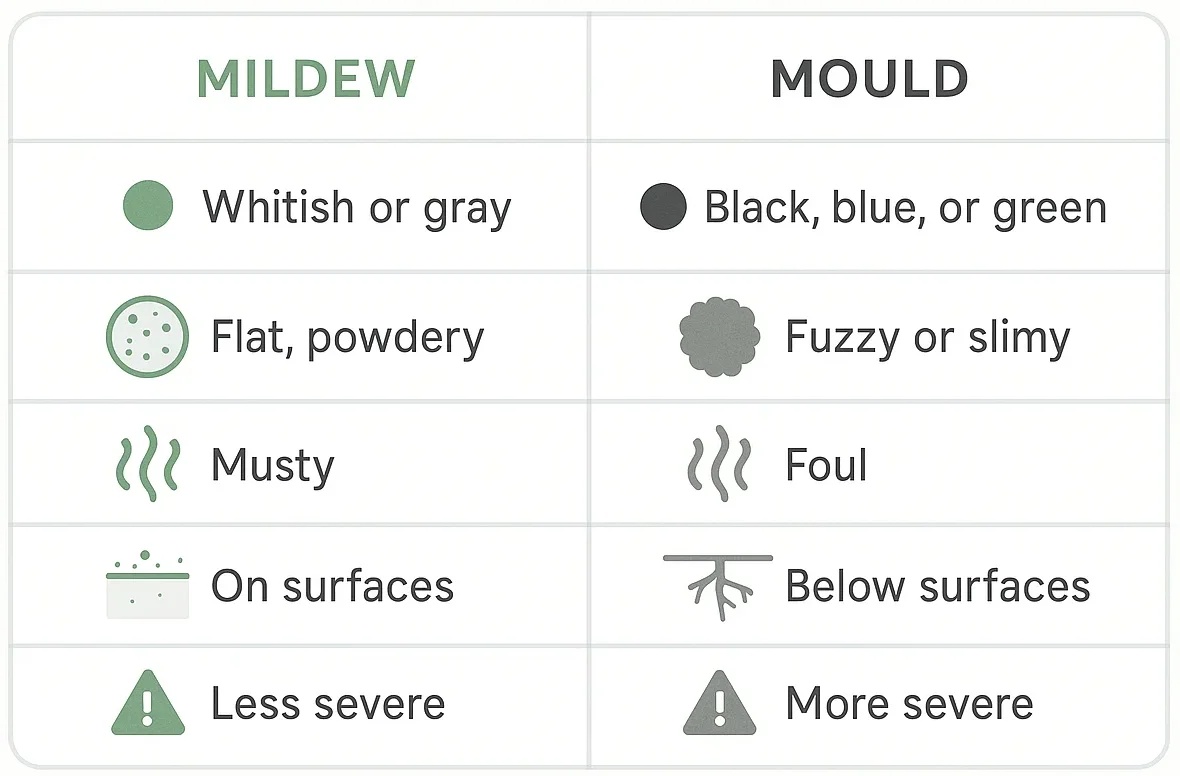
Mildew typically:
- Appears as flat, powdery patches
- Is white, grey, or light brown in color
- Grows on damp surfaces like shower tiles, windowsills, or fabric
- Has a milder musty smell
Mould, on the other hand:
- Is fuzzy, slimy, or textured in appearance
- Comes in colors like black, green, orange, or blue
- Penetrates surfaces like wood, drywall, or insulation
- Has a stronger, more unpleasant odor
In short, mildew is a type of mould, but not all mould is mildew. Mildew is surface-level and easier to clean, while mould is more invasive and potentially hazardous.
2. What Causes Mildew Mould in UAE Homes?
The UAE climate is a perfect breeding ground for mildew and mould. High temperatures mixed with air conditioning and inconsistent ventilation often lead to condensation inside homes and buildings.
Common causes include:
- Humidity buildup inside bathrooms, kitchens, or laundry rooms
- Poor airflow due to sealed windows or lack of exhaust fans
- Water leaks from AC units, pipes, or roofs
- Unventilated closets or storage spaces in older apartments
Once a surface stays moist for over 24-48 hours, mildew and mould spores can begin to grow. In the UAE, where many buildings are tightly sealed for energy efficiency, trapped moisture becomes a hidden danger.
3. Is Mildew Mould Dangerous to Health?
Yes—especially if left untreated. While surface mildew may not pose a severe risk to healthy adults, it can still trigger allergic reactions, asthma, or skin irritation in sensitive individuals. Mould, particularly black mould (Stachybotrys chartarum), is even more serious.
Potential health symptoms include:
- Chronic coughing or sneezing
- Eye, nose, and throat irritation
- Fatigue and headaches
- Skin rashes or sinus congestion
- Increased asthma attacks in children and elderly residents
If you notice any of these symptoms worsening at home or in the office, mildew or mould could be a hidden contributor. It’s especially important to test indoor air quality if mould is visible or there’s a persistent musty odor.
4. How to Remove Mildew Mould Effectively
The cleaning approach depends on how deep the mould has grown. Here’s a guide to tackling both mildew and mould safely:
For Surface Mildew (like on tiles or glass):
- Use a mixture of white vinegar and water in a spray bottle
- Scrub with a non-abrasive sponge or brush
- Let it dry completely with airflow or fan
For Deeper Mould (like on drywall or ceilings):
- Do NOT paint over it—this only traps spores inside
- Use a mold-specific cleaner (not just bleach)
- If the affected area is larger than 1 sq.m., it’s best to call professionals
At Bio-On UAE, we offer mold remediation services that go beyond surface cleaning. Our team inspects hidden areas, tests air quality, and applies safe, eco-friendly treatments that don’t just cover up the issue—they solve it from the root.
5. How to Prevent Mildew and Mould in the First Place
Prevention is much easier (and cheaper) than dealing with a full-blown mould infestation. Here are practical tips that work well in UAE homes:
- Install exhaust fans in bathrooms and kitchens
- Use dehumidifiers or ACs with humidity control settings
- Check for leaks behind sinks, toilets, and AC units regularly
- Open windows for at least 15 minutes daily when weather permits
- Apply mold-resistant paint in high-risk rooms
We also recommend scheduling a professional inspection if your property has had past mold issues or if it smells musty even after cleaning. Regular maintenance goes a long way in mold prevention.
Conclusion
Mildew mould might seem like a small stain on the wall, but in reality, it’s often a sign of deeper moisture problems that can affect your health and property. Whether you’re dealing with light mildew in a bathroom or black mould on a ceiling, taking action early is key.
We’re here to help you keep your home fresh, safe, and mold-free in the unique climate of the UAE. Click the contact button on the right-middle of this post to get expert guidance or request a free inspection today.








